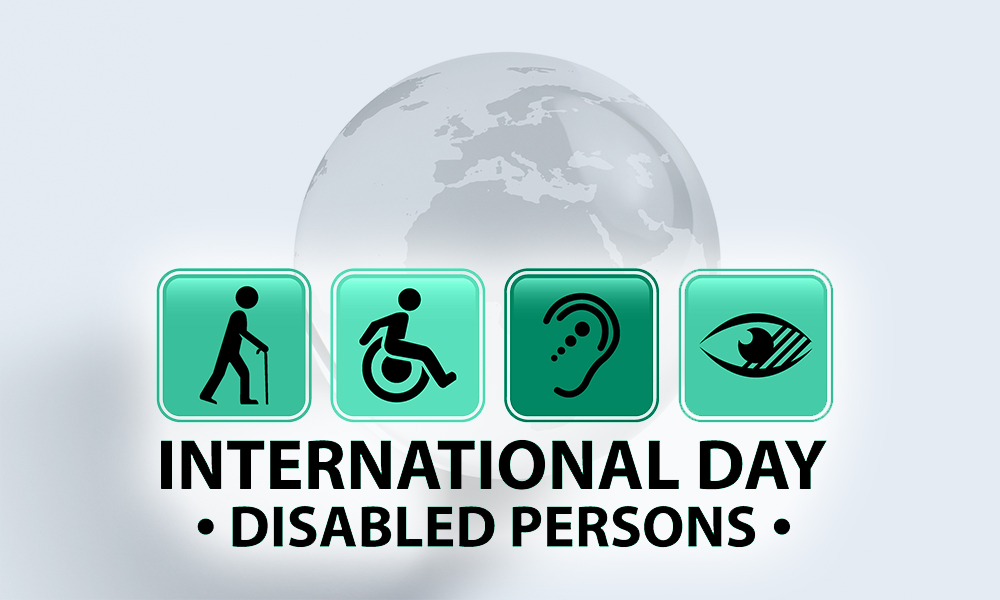On occasion of the International Day of People with Disability, we analyze the presence of this group of people in the labor market and the legislation on its social inclusion. In addition, we recall that in recent years, there has been a proliferation of inspections on whether or not companies comply with the regulations.
On December 3, we celebrate the International Day of People with Disability. On this day, eight years ago, the Official State Gazette published Royal Decree-law 1/2013 revising the General Law governing the rights of people with disability and their social inclusion.
The Law was passed to regulate, clarify and harmonize the three major laws existing at the time in relation to the social and labor integration of people with disability: Law 13/1982, on the social integration of people with disability; Law 51/2003, on equal opportunity, non-discrimination and universal access to people with disability; and Law 49/2007 establishing the regime governing infringements and penalties relating to equal opportunity, non-discrimination and universal access to people with disability.
The Law begins its preamble with a resounding declaration of intent: “Persons with disability comprise a vulnerable and far-reaching group of people that were normally kept in well-known conditions of exclusion due to the way in which society is structured and functions. This resulted in a restriction of their basic rights and freedoms, conditioning and preventing their personal development, as well as the enjoyment of the resources and services available to all others in society and the possibility of contributing their skills to social development”.
Eight years after the publication of the Law, the search for equality and non-discrimination continues to remain in full force and calls for an evaluation of whether we are aware of what is actually stated in the preamble of the Law, which also constitutes the purpose of the International Convention on the Rights of Persons with Disabilities: to promote, protect and ensure the full and equal enjoyment of all human rights and fundamental freedoms by all persons with disabilities, and to promote respect for their inherent dignity”.
One of the best tools to observe what has occurred since then are the analyses carried out by the National Institute of Statistics (“INE”) which, in a press release relating to the employment of persons with disability in 2019, analyses the employment rate by stating that “the most important feature of the group of persons with disability is their low involvement in the labor market. In 2019, the employment rate dropped by half a point to 34%, more than 43% lower than that of persons without a disability”.
This means that 37 years after Law 13/1982 was passed and six years after Law 1/2013, only 34% of persons with disability and of working age are actively employed in the labor market. The figure is also lower than that of 2018.
In recent years, we have been witness to a proliferation of inspections on the issue, requiring companies to provide proof of the positions reserved for persons with disability, as well as whether they comply with the provisions on occupational risk prevention in the adapting of positions, amongst other issues.
Nevertheless, as shown by the statistics published by the INE, these measures may not have achieved the expected results and, in 2021, it is highly likely that the pandemic has had a negative effect on the labor integration of persons with disability.
It therefore appears to be more necessary than ever to move forward, with the collaboration of all those involved, on new equality policies and the labor integration of persons with disability, without overlooking the convenience of new legislative initiatives aimed at reducing the differences in the employment rate of this group of people.
Labor and Employment Department of Garrigues






